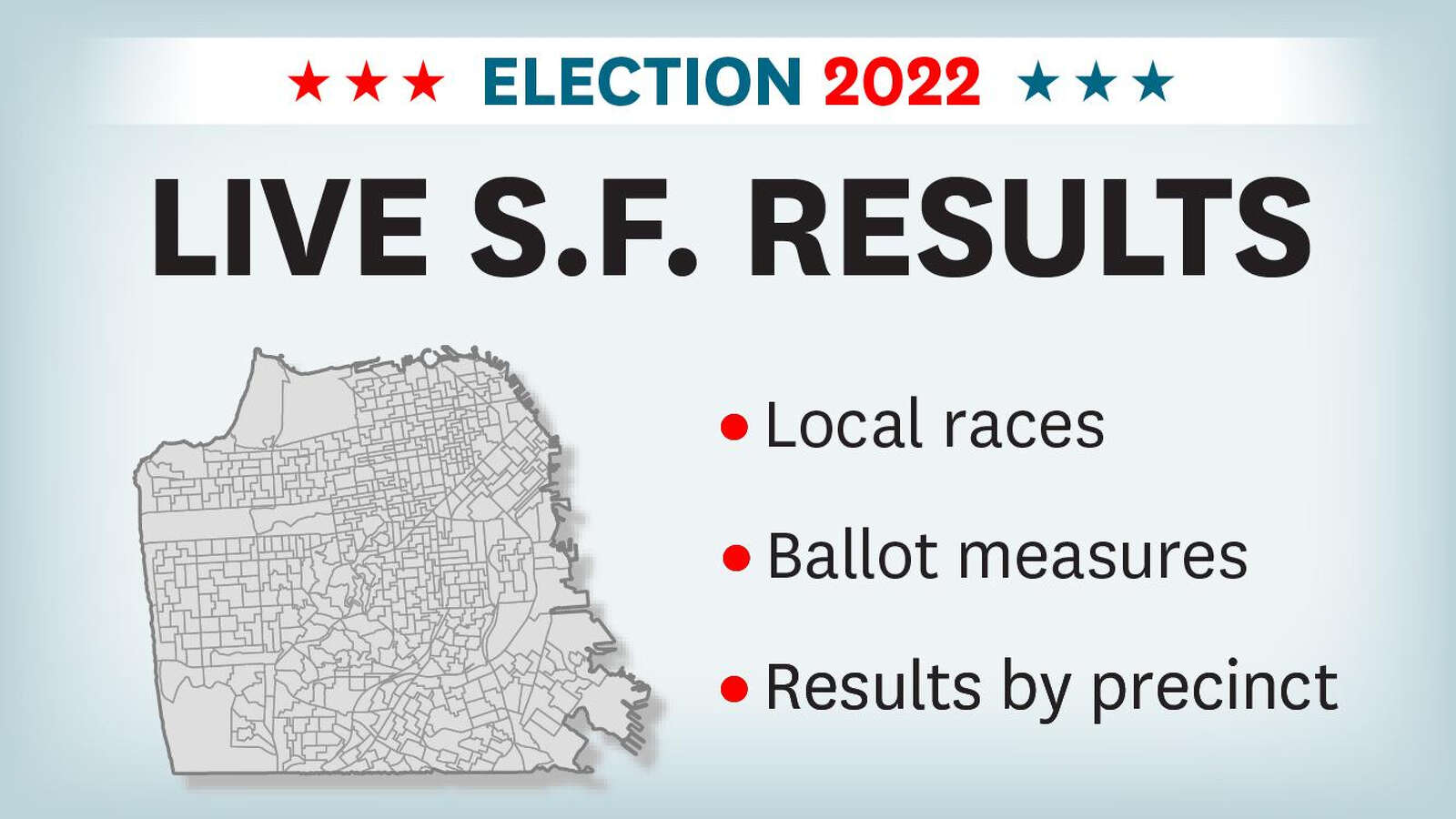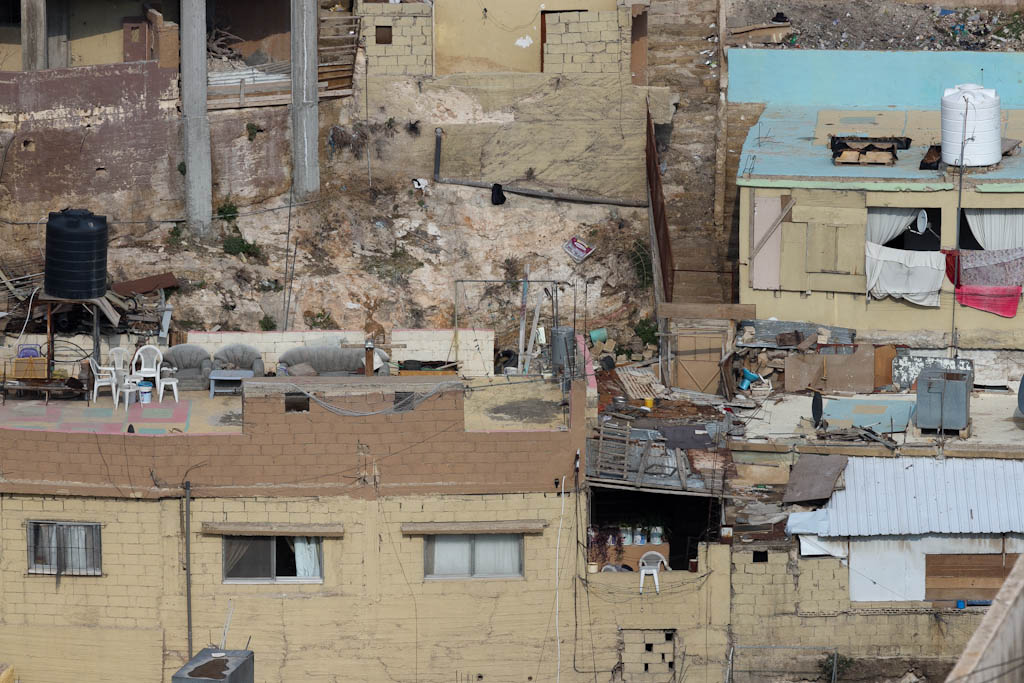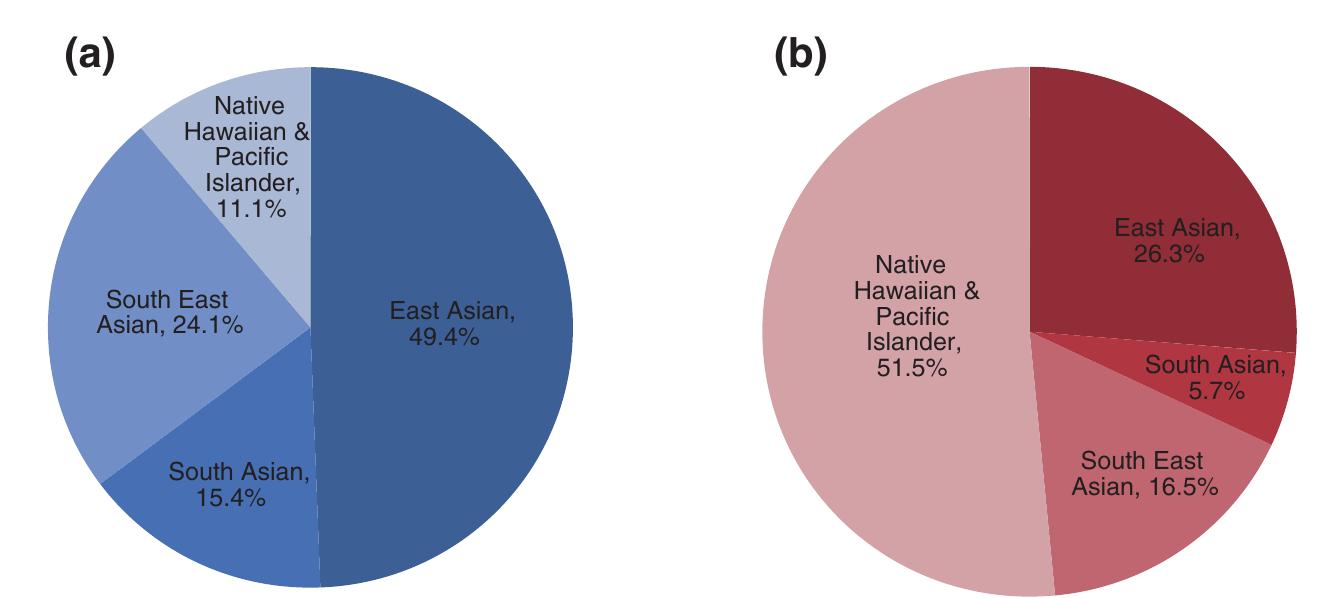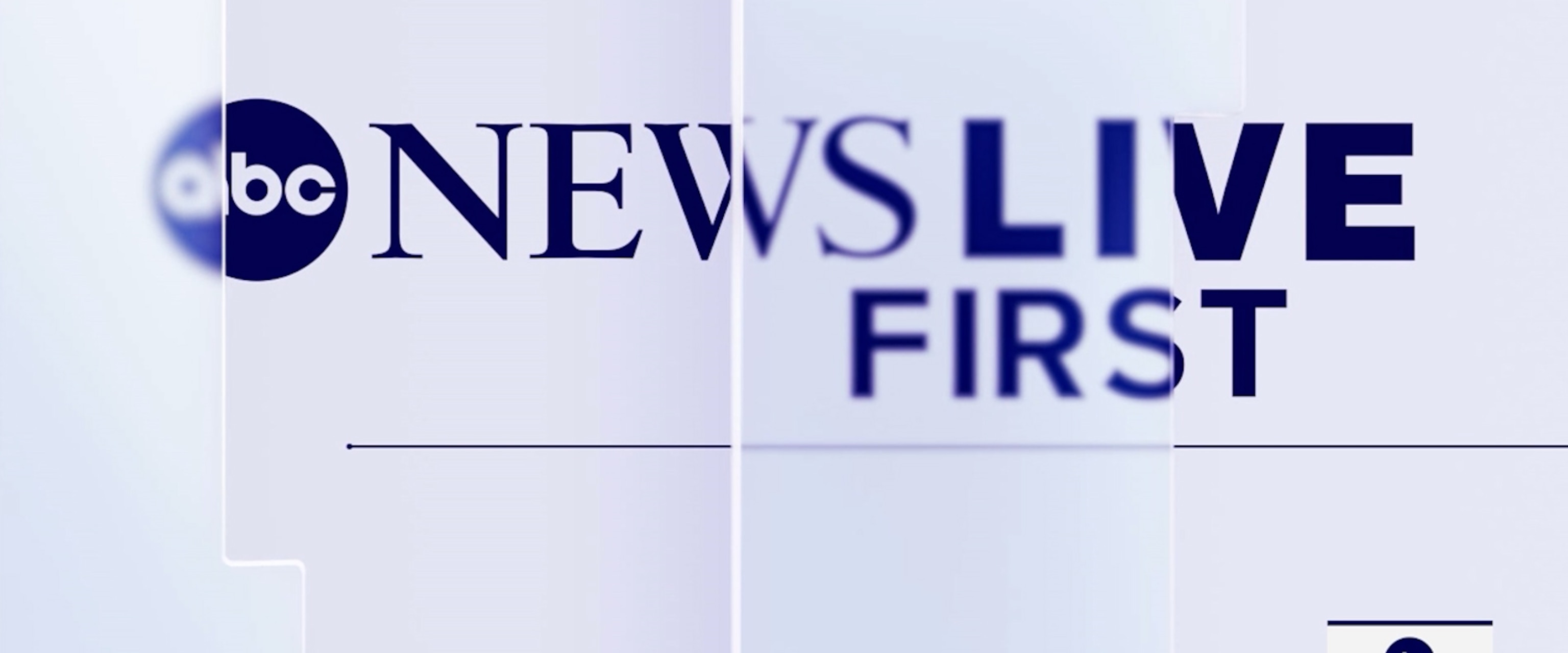
EU Humanitarian Funding for Somalia

For 2024, EU humanitarian funding has an initial available budget of €37 million for humanitarian interventions in Somalia. In 2023, the EU allocated €85.3 million for humanitarian projects in Somalia, mainly in response to the drought.
Sustainable Development Goals (SDGs)
- Goal 2: Zero Hunger
- Goal 3: Good Health and Well-being
- Goal 6: Clean Water and Sanitation
- Goal 11: Sustainable Cities and Communities
- Goal 16: Peace, Justice, and Strong Institutions
- Goal 17: Partnerships for the Goals
EU Humanitarian Support in Somalia
- Food assistance
- Basic health and nutrition services
- Clean water
- Protection
- Shelter
- Education
EU humanitarian funding supports aid organisations in delivering essential services to the people of Somalia. Our partners work in rural and hard-to-reach areas to ensure that no one is left behind. They also strive to mitigate further displacement of rural populations while providing lifesaving assistance in congested urban and peri-urban areas hosting displaced individuals.
Whenever relevant, EU humanitarian support utilizes cash transfers to help people in need. This approach allows them to feed and sustain their families while meeting other basic needs in a dignified manner. Cash transfers also help overcome accessibility challenges and support local markets.
Healthcare and Epidemic Prevention
Somalia faces high child and maternal mortality rates, severe malnutrition, and frequent disease outbreaks. The country’s health system suffers from critical shortages, with only one-third of health facilities functional.
The EU focuses on providing quality healthcare, epidemic prevention and control, and emergency treatment of malnutrition. We support experienced health and nutrition partners in communities and health facilities.
Disaster Risk Reduction and Preparedness
The EU also funds disaster risk reduction and preparedness activities in Somalia. This includes community-based early warning, preparedness, and response systems to reduce the impact of climate-related shocks, conflicts, and epidemics.
Long-Term Development and Resilience
However, the country still requires more long-term development efforts to support the resilience and self-reliance of vulnerable communities, including pastoral, agricultural, and marginalized populations. Cooperation between the EU’s humanitarian and development actions is ongoing, particularly in areas such as cash-based social safety nets and education, to build the longer-term resilience of affected Somali communities.
Increasing Visibility of the Crisis
The EU aims to increase the visibility of the crisis in Somalia. This includes initiatives such as the High-Level Roundtable on the Horn of Africa Drought, co-hosted by Commissioner Lenarčič and UN Under-Secretary-General for Humanitarian Affairs and Emergency Relief Coordinator Martin Griffiths on 26 April 2022.
Last updated: 27/02/2024
SDGs, Targets, and Indicators Analysis
1. Which SDGs are addressed or connected to the issues highlighted in the article?
- SDG 2: Zero Hunger
- SDG 3: Good Health and Well-being
- SDG 6: Clean Water and Sanitation
- SDG 11: Sustainable Cities and Communities
- SDG 16: Peace, Justice, and Strong Institutions
The article discusses issues related to hunger, health, water and sanitation, displacement, and the need for long-term development in Somalia. These align with the Sustainable Development Goals mentioned above.
2. What specific targets under those SDGs can be identified based on the article’s content?
- SDG 2.1: By 2030, end hunger and ensure access by all people, in particular the poor and people in vulnerable situations, including infants, to safe, nutritious, and sufficient food all year round.
- SDG 3.1: By 2030, reduce the global maternal mortality ratio to less than 70 per 100,000 live births.
- SDG 3.2: By 2030, end preventable deaths of newborns and children under 5 years of age, with all countries aiming to reduce neonatal mortality to at least as low as 12 per 1,000 live births and under-5 mortality to at least as low as 25 per 1,000 live births.
- SDG 6.1: By 2030, achieve universal and equitable access to safe and affordable drinking water for all.
- SDG 11.1: By 2030, ensure access for all to adequate, safe, and affordable housing and basic services and upgrade slums.
- SDG 16.3: Promote the rule of law at the national and international levels and ensure equal access to justice for all.
These targets reflect the specific goals mentioned in the article, such as addressing hunger, reducing child and maternal mortality rates, improving access to clean water, providing shelter, and promoting justice.
3. Are there any indicators mentioned or implied in the article that can be used to measure progress towards the identified targets?
- Indicator 2.1.1: Prevalence of undernourishment
- Indicator 3.1.1: Maternal mortality ratio
- Indicator 3.2.1: Under-5 mortality rate
- Indicator 6.1.1: Proportion of population using safely managed drinking water services
- Indicator 11.1.1: Proportion of urban population living in slums, informal settlements, or inadequate housing
- Indicator 16.3.1: Proportion of victims of violence in the previous 12 months who reported their victimization to competent authorities or other officially recognized mechanisms
These indicators can be used to measure progress towards the identified targets, as they provide specific metrics for assessing the situation in Somalia regarding hunger, maternal and child mortality, access to clean water, housing conditions, and reporting of violence.
4. Table: SDGs, Targets, and Indicators
| SDGs | Targets | Indicators |
|---|---|---|
| SDG 2: Zero Hunger | 2.1: By 2030, end hunger and ensure access by all people, in particular the poor and people in vulnerable situations, including infants, to safe, nutritious, and sufficient food all year round. | Indicator 2.1.1: Prevalence of undernourishment |
| SDG 3: Good Health and Well-being | 3.1: By 2030, reduce the global maternal mortality ratio to less than 70 per 100,000 live births. | Indicator 3.1.1: Maternal mortality ratio |
| 3.2: By 2030, end preventable deaths of newborns and children under 5 years of age, with all countries aiming to reduce neonatal mortality to at least as low as 12 per 1,000 live births and under-5 mortality to at least as low as 25 per 1,000 live births. | Indicator 3.2.1: Under-5 mortality rate | |
| SDG 6: Clean Water and Sanitation | 6.1: By 2030, achieve universal and equitable access to safe and affordable drinking water for all. | Indicator 6.1.1: Proportion of population using safely managed drinking water services |
| SDG 11: Sustainable Cities and Communities | 11.1: By 2030, ensure access for all to adequate, safe, and affordable housing and basic services and upgrade slums. | Indicator 11.1.1: Proportion of urban population living in slums, informal settlements, or inadequate housing |
| SDG 16: Peace, Justice, and Strong Institutions | 16.3: Promote the rule of law at the national and international levels and ensure equal access to justice for all. | Indicator 16.3.1: Proportion of victims of violence in the previous 12 months who reported their victimization to competent authorities or other officially recognized mechanisms |
Copyright: Dive into this article, curated with care by SDG Investors Inc. Our advanced AI technology searches through vast amounts of data to spotlight how we are all moving forward with the Sustainable Development Goals. While we own the rights to this content, we invite you to share it to help spread knowledge and spark action on the SDGs.
Fuente: civil-protection-humanitarian-aid.ec.europa.eu

Join us, as fellow seekers of change, on a transformative journey at https://sdgtalks.ai/welcome, where you can become a member and actively contribute to shaping a brighter future.






